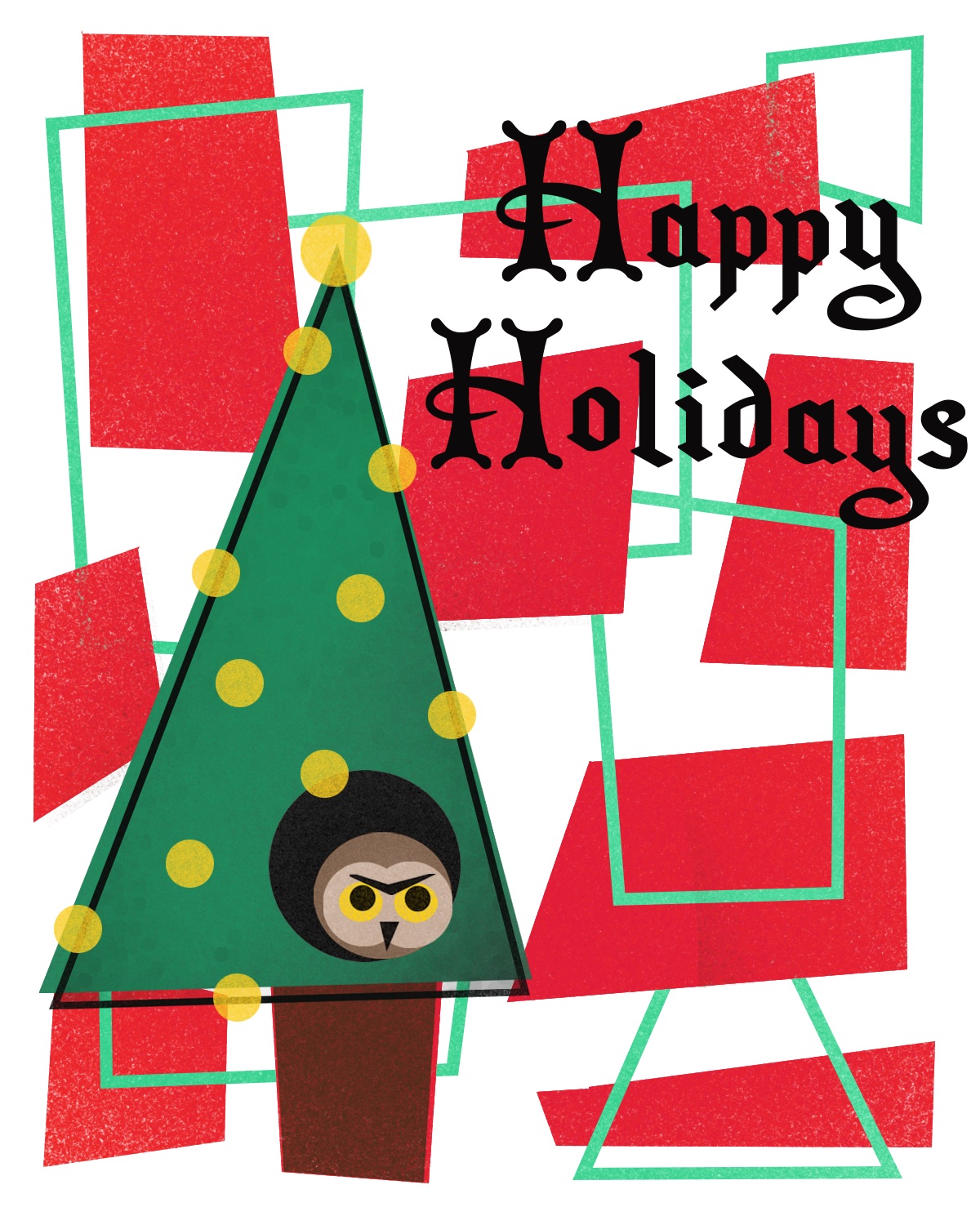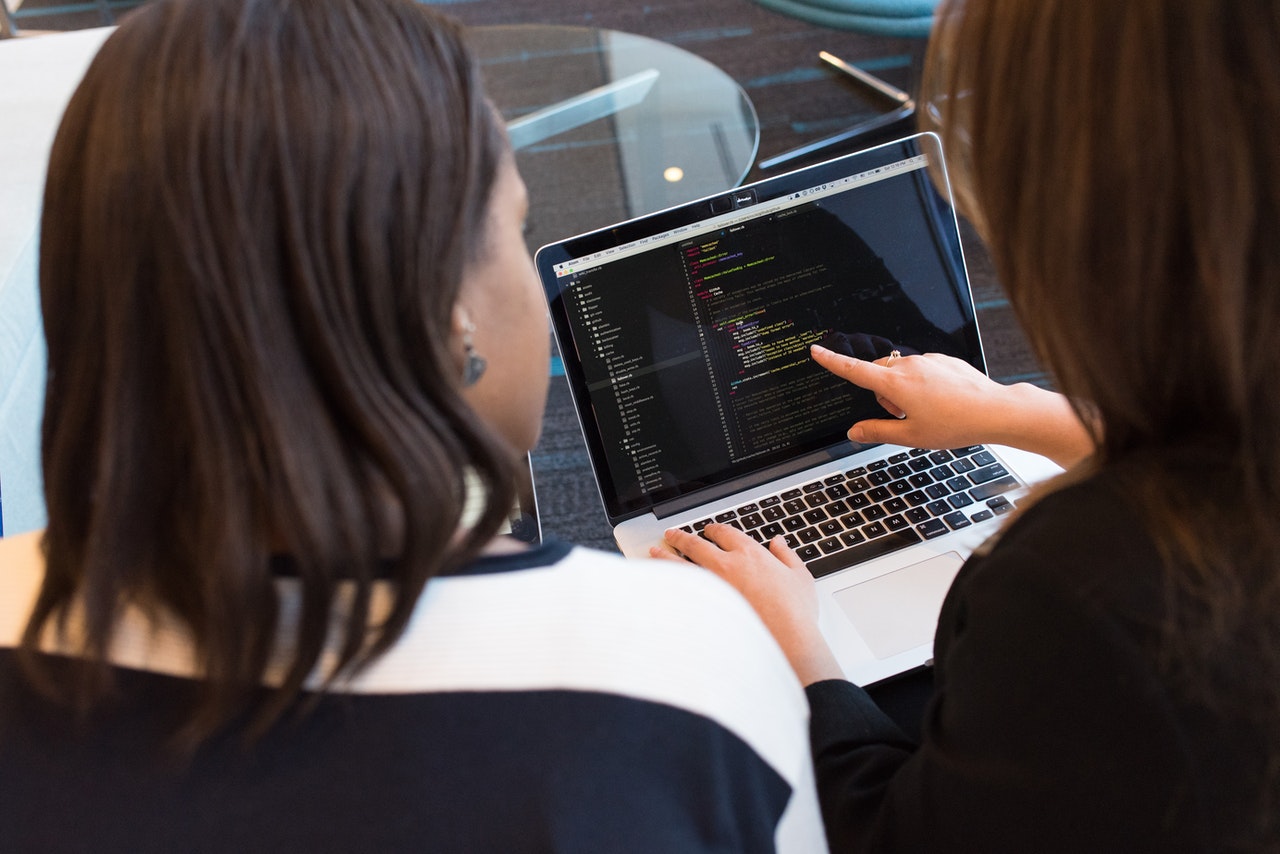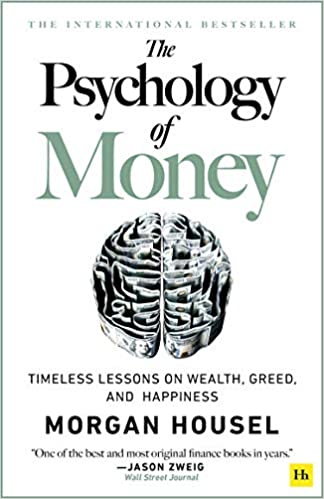Author Archive
Friday, January 1st, 2021

Happy New Year
- If you are looking for a good read, look no further. Since I started this blog in 2009 after my wife died from ALS, I have summarized 193 books and 194 is in the works. Each summary should take about ten minutes to read and covers all of the key concepts in the book. They are designed to help my readers make purchasing decisions, and for people who have already read the book, they can be used to review and internalize the main ideas.
- All of the books are nonfiction. Some are books that deal directly with education while others are aimed at business or general audiences. In all cases, they are books that offer sound advice and knowledge for busy parents and educators who represent my target audience. The list under the BOOK SUMMARIES link at the top of my home page is in alphabetical order by title. Book titles starting with “The” can be found in the T section. Enjoy!
Posted in Dr. Doug's Twitter Service | Comments Off on Time to Read One of My 193 Book Summaries
Monday, December 7th, 2020
Weird: The Power of Being an Outsider in an Insider World by Olga Khazan is for anyone who has felt like they were different from typical people in their culture. Since we are all unique, we probably all feel different or weird from time to time. There are a number of research-based coping methods here that just about anyone can use. While this book is aimed at the general public, it is especially good for anyone doing counseling.
Part One: Being Weird
1. Weird
- Olga was a Russian Jewish immigrant who grew up in West Texas. The rest of the people in her town were either white evangelical Christians or immigrants from Mexico. Since Russian Jews were forced to be atheists, they don’t even fit in with American jews. Her feeling of weirdness was also fostered by the fact that her parents moved a lot and always to different school districts. At home, her parents watched only Russian television and ate only Russian food. She attended American University in Washington, D.C., which didn’t help her feel any less weird. After interviews with over three dozen successful “weird” people, she concluded that it can be good to be weird as it confers a hidden advantage. It also behooves you to live and work among weirdos. Groups are smarter and more powerful when their members hold a diversity of views and backgrounds.
2. The Realization
- Cultural norms are unwritten rules that make us think that “right” is what everyone else is doing. There is even a gene that predisposes people to be rule followers. People like it when others follow norms as they don’t like being surprised. Norms are inherently conservative and can get in the way of innovation and creativity. They also may not make sense, think neckties. Olga presents a review of how swimwear reveals the randomness of social norms.
- Next, we have short stories of two “weirdos.” The first is a gay male kindergarten/preschool supervisor. Only 2% of kindergarten teachers are men and a female NASCAR driver who represents a microscopic fraction of the total. Their problems aren’t the same, but they both have many more challenges to face than their peers.
- Friends are for comfort, taking it easy, relaxing, and not being challenged. By hanging out with people who are just like you, you can be out of touch with the big, beautiful, diverse world. Unfortunately, it’s difficult to find acceptance and friendship in an environment where you are the different one.
- Cultures can be tight or loose. In tight cultures, norms are strict and formal, and the punishments for breaking them can be severe. Loose cultures permit a wider range of behaviors. Weird people have an easier time in loose cultures. Tight countries like Russia are autocratic and have less free media. As you go from tight to loose cultures you go from orderliness to creativity. Rural cultures tend to be tight while urban cultures tend to be loose. The LGBTQ folks definitely need to find a loose culture to live in. People who travel between tight and loose cultures in either direction tend to be disoriented and feel weird. The stories of three more weirdos conclude this chapter.
3. The Exclusion
- Once humans formed groups intergroup conflict was sure to start. Rather than being inborn, prejudice is a reflection of the dynamics between groups. In our hunter-gather days, social relationships were the only wealth a person had. That predisposed them to take care of other group members. Successful groups look out for each other. Rulers, money, and organized religion created subgroups and pitted them against each other. Groups are based on their differences even when they are laughably minor (think protestants and Catholics in Northern Ireland). The idea that diversity can be a source of strength and advantage is a relatively recent concept.
- When it comes to differences, gender is a big one. Historically, women have had to put their own interests after their mate’s. They needed to take their cues from their husband’s mood in order to prosper. We can thank our brains for our ability to recognize differences as it seems to be automatic. The brain also stores stereotypes. Our instincts set us up to avoid or alienate people who don’t look like us. One outsider is a deviant. As the number grows they become a threat and cause a fear of losing status. Americans are more accepting of immigrants who speak English, while the Swiss are more accepting of people who get to work on time.
- People who have a problem with someone from a different group tend to generalize the issue to the entire group. Peripheral group members tend to marginalize someone else as pushing someone weirder to the side can make you feel normal. People who are more offended by norm violators are not likely to think outside of the box and be more creative. As a result, looser cultures are more creative. They are also sick less. Tight nations have fewer natural resources, worse air and water, more deaths from communicable diseases, and more natural disasters. Such collective threats foster tightness. Stories here include an Amish girl and an African Muslim immigrant girl.
Posted in Book Summaries, Business Books, Leadership Books | Comments Off on Weird: The Power of Being an Outsider in an Insider World by Olga Khazan
Sunday, November 22nd, 2020

How To Know if a Computer Science Career Is Right for You by Craig Middleton is a reality check for students considering a career in this field. It’s a field where you can typically work anywhere and make good money as long as you can deal with the stress of deadlines. Share this with students you know who are good in math and science.
Introduction
- Computer science is a field of study that can lead to some pretty appealing careers. However, pursuing this career path requires an immense amount of effort. In order to make the right choice as you enter the field of higher education, it helps to have an idea of what computer science education and careers are actually like and what it takes to make it. Here’s what you need to know in order to make the most informed choice possible.
The Tech Job Market
- Computer science careers are associated with a paycheck that’s potentially quite high, and that makes pursuing that kind of career a fairly easy choice on paper. More importantly, specializing in computer science can all but guarantee you job opportunities after college graduation. With recent advancements in technology, modern businesses of all kinds and many entrepreneurs need skilled computer science specialists. This ensures that your skills will always be in demand. This kind of expertise, in particular, is so valuable because these skills don’t typically come naturally. This means that fewer people have developed the knowledge and skill required to manage modern technology at a professional level.
- Taking the necessary steps to make yourself an indispensable asset in this way will be difficult, but it will be well worth it in time. There are plenty of resources online to build up your skills, that in return, will help you stand out from the crowd when applying for jobs. You can take free courses about computer science found at codecademy or open culture. Exploring these options will lead you to a better understanding of yourself and your career goals. If you find that you have a passion and interest in these beginner courses, then you’ll likely gain even more passion for it as you advance through your education and career.
The Importance of Cybersecurity
- Modern businesses rely on the internet for a variety of increasingly essential purposes. Companies depend on an online presence to maintain a competitive level of marketing, for starters, and online retail is a natural extension of the reach of any retail business. All of these online interactions open up companies to the risk of cyber-attacks because businesses are often targeted by hackers as a result of a perceived financial opportunity or simply a high profile target that can give them some clout in the hacker community. With the rise of apps for every brand under the sun, network and API security are an essential part of protecting not only the business in question but also the users of these apps.
- Cloud storage is becoming a staple of modern businesses, and this style of file storage, while it’s generally more secure, requires additional cybersecurity protocols. Cybersecurity entails a number of tools and best practices used in tandem, making this field even more inaccessible to the average person, and that makes this kind of skill set indispensable in today’s job market. This role requires not only knowledge and skill, but also the ability to keep calm under pressure, because cyberattacks can be tremendously detrimental and need to be solved quickly.
The Rise of the IT Department
- The increased dependence of modern businesses on complex technology, both online and off, has led to an increase in the importance and representation of the IT worker. IT, or information technology, workers are a fundamental part of any digital-age business, because these professionals are those tasked with maintaining the various systems at play concerning data. This means that IT workers are on the front lines when and if malfunctions occur, and this is more important now than ever.
- In many modern companies, malfunctions of all kinds can lead to the loss of valuable time, and it falls to the IT department to resolve these issues quickly and effectively. This requires expertise in understanding the how and why of technical difficulties regarding computers, modems, routers, and networks, and that knowledge can be put to use both to solve problems and to prevent them.
- As businesses continue to lean on their IT workers, these qualified professionals continue to have job security and often fairly substantial pay. However, the tradeoff is that the job can be quite stressful. The study of computer science is akin to that of medicine. While the subject matter is inherently different, both of these disciplines require an immense amount of knowledge and the ability to put that knowledge to use in high-stakes situations. If you can handle that responsibility and have an innate interest in technology, pursuing this career path can be incredibly lucrative for you.
Another Career Guide and Doug’s Comments
- Here is a computer network career guide that may also be helpful. As a former High School computer science teacher I have seen students enter and succeed in this field. The best went beyond expectations and branched out to learn programming languages on their own. If you can learn to program using online courses at your own pace you might have what it takes. If you get lost in programming challenges and lose track of time, that’s a good sign that you have the passion required. Thanks, Craig
Posted in Guest Posts, What can Dr. Doug do for you? | Comments Off on How To Know if a Computer Science Career Is Right for You by Craig Middleton
Sunday, November 8th, 2020
The Psychology of Money: Timeless Lessons on Wealth, Greed, and Happiness by Morgan Housel explains the psychology of spending and saving for anyone who has to deal with money and life. This is an excellent nontechnical study of this most important topic for high school students on up. If you want to acquire enough wealth to feel independent this book is for you. You can skip to chapter 20 to learn what Morgan and I do with our money.
Introduction
- We start with stories of a janitor who invested what he could in blue-chip stocks and died with an estate worth $8 million dollars and a successful businessman who went bankrupt by overspending on houses and wasting money. The premise of this book is that doing well with money has little to do with how smart you are and a lot to do with how you behave. It’s more about psychology and not so much about physics.
1. No One’s Crazy
- The decisions we make about money depend heavily on our experiences and the environment we grew up in. Although the first currency dates back to about 600 BCE, most of our current financial instruments only arrived after World War II. Prior to that time, most people worked until they died. Now we all expect to retire and have to save and invest for that day. Since modern instruments are so new, we aren’t crazy, we are just essentially newbies at it.
2. Luck & Risk
- Bill Gates attended a high school that had better computer access than most graduate schools. This allowed him to become an expert who wrote a program to do the school’s schedule among other things. Were it not for this unprecedented access he claims there would be no Microsoft. Meanwhile, his best friend who also became a computer wiz died in a mountaineering accident before he finished high school. The point here is that luck and risk are siblings. He shares other stories of people who took risks and made it big like Vanderbilt and Rockafellar who felt they had enough power to ignore some laws and indeed they did. Not all success is due to hard work and not all poverty is due to laziness. Keep this in mind when judging people. (Doug: Better yet, don’t judge people.) The world is too complex to allow 100% of your actions to dictate 100% of your outcomes.
3. Never Enough: When Rich People Do Crazy Things
- When you are young taking some modest financial risks makes sense as you have time to recover. At some point, you may need to decide that you have enough and scale back your risk. Morgan cites Bernie Madoff and Rajat Gupta as very successful investors who didn’t know when to say enough and ended up in prison after running a Ponzi scheme and engaging in insider trading. The ideas that the best games to play in a casino are none of them and that the Lotto is a tax on the poor are also instructive.
Posted in Book Summaries, Business Books, Education Books | Comments Off on The Psychology of Money by Morgan Housel
Wednesday, November 4th, 2020

Introduction
- People learning and working from home whether by choice or necessity have a challenging proposition. Guidelines, rules, and boundaries should be in place, ideally before instruction or work begins. If you’re already into it, don’t be afraid to take a few minutes to reassess goals and routines for day-to-day instruction and overall accomplishments. While this article focuses on learning from home, working from home offers many of the same challenges.
Long-Term Goals
- One of the first conversations to have with yourself should be about long-term goals for completing education or work. Whether you have your eye on a selective college or alternatives to college like a gap year or a job, you should understand that high school, in whatever form it may take, is the stepping stone to future success.
Short-Term Goals
- When there are no bells telling you to hurry up, sometimes it’s hard to get started on the work that needs to be accomplished. At home, there are many distractions like computer games, TV, and even chores. Find a quiet place that will help you focus and leave the distractions elsewhere. Create short-term goals for each unit of study and for each day. Whatever your preference, you can set reasonable expectations for how long you should focus on each discipline and whether you prefer to work on one subject all day or break classes up into hourly chunks. Timers and timetables are both useful.
Study Basics
- Without the guidance of a regular classroom teacher in the room, you might not intuitively know some of the processes that are used to help you excel. You should gather supplies before you start and have a designated workstation. Of course, learning from home comes with more flexibility than a traditional school, but keeping school supplies in one place and neatening your desk at the end of each day are good habits to acquire no matter where you learn.
Synchronous and Asynchronous Learning
- While some home learning lacks any real-time interaction with a teacher, some of it does. This is likely to be the case for younger learners. Be sure your schedule indicates when it’s time to join online (Zoom) meetings and be sure to be there. Many schools still take attendance and some even use it as part of your grade. Also, be sure to know what the situation is with grading. Is it pass-fail, or are there certain expectations that will lead to a letter grade? If so be sure to make notes on that and check to see on a regular basis if you are checking all of the boxes. Getting good grades can be easy if you are organized and do everything that is expected.
Snacks and Exercise
- One thing you have constant access to at home is your refrigerator. While an occasional snack can help keep your focus, too much food can result in unwanted weight gain. Try drinking non-calorie drinks like water. Although diet sodas don’t have any calories they are not generally recommended by many nutritionists. For adults, tea and coffee are good choices.
- Exercise is also important for keeping you mentally sharp. Be sure to get up and move around frequently and schedule times at least twice a day for tinges like walking, jogging, biking, or lifting weights. Many people also report benefits from things like meditation and yoga. Consider getting a desk that goes up and down so you can spend some work time standing.
- Learning at home and learning at home effectively are not necessarily the same thing. Help yourself by setting up routines and habits to get the most out of homeschooling.
Craig Middleton
- Craig is a New York City-based retired business consultant, who is an expert in education and cultural trends. He has a Masters of Business Administration and a Masters in Education from St. Johns and loves sharing his knowledge on the side through his writing. If you have any questions or comments you can direct them to Craig at craigmiddleton18@gmail.com.
Posted in What can Dr. Doug do for you? | Comments Off on Learning and Working From Home Basics by Craig Middleton










